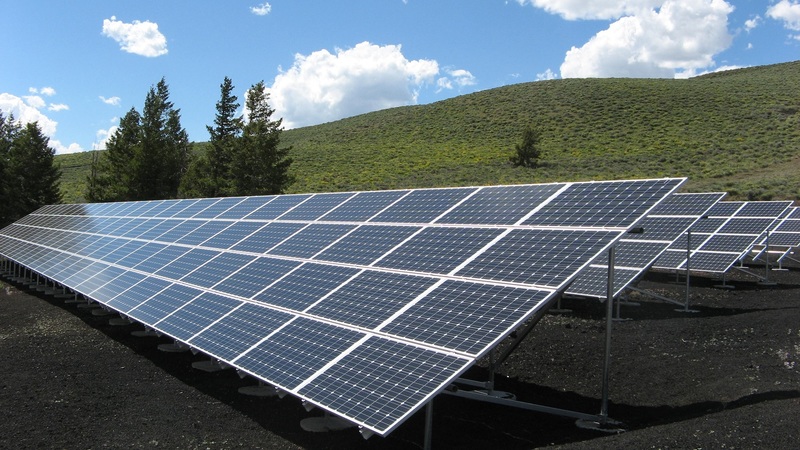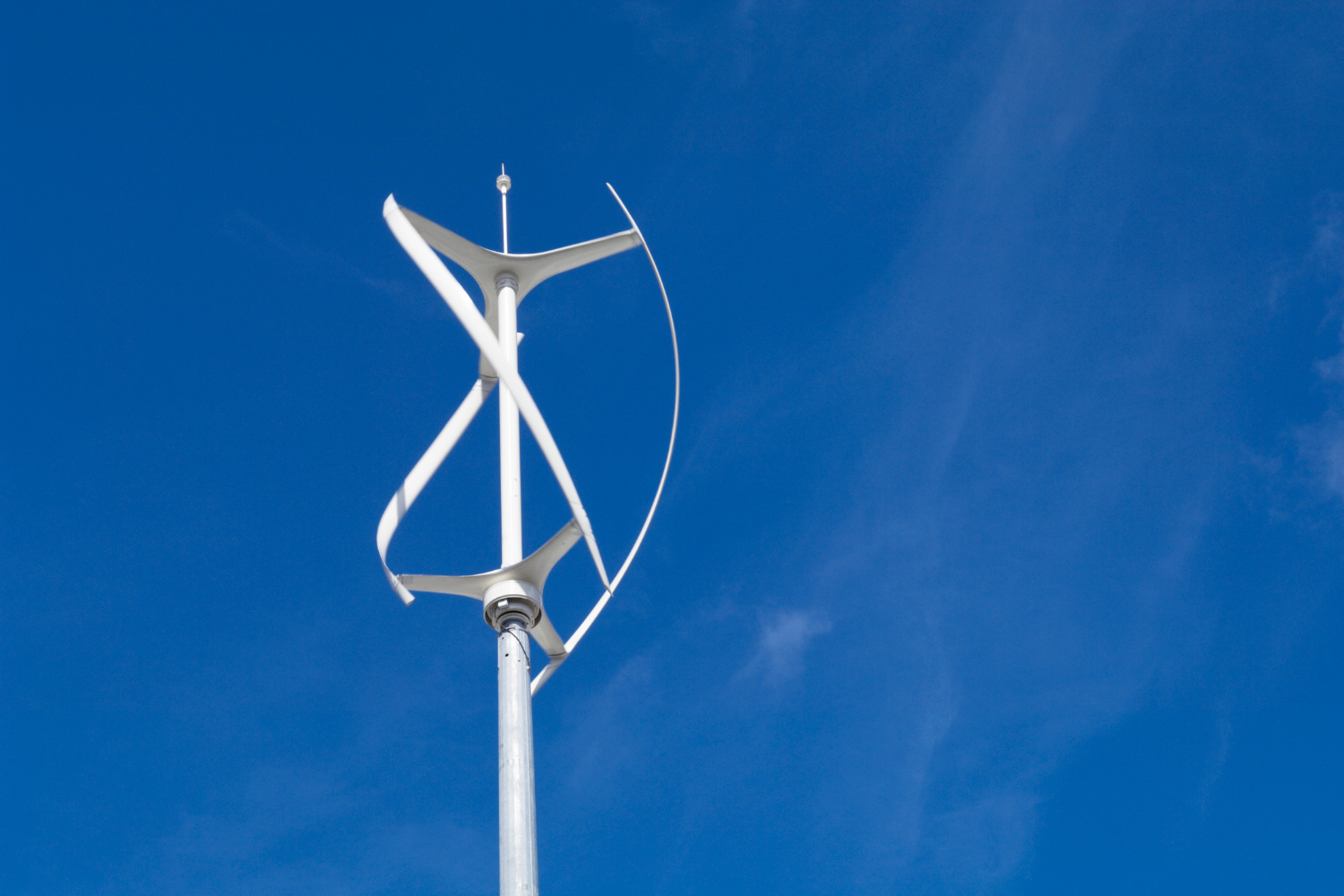Whether they’ve been in use to help solve the energy crisis or just another novelty for college engineering projects, vertical wind generators have been around since the Roman Empire. Of course, you can find wind generators up and down the country, but in Europe, they are the kings of renewable energy.
But how did they start?
Siliconworld
Solar panels aren’t a new invention by themselves. But, when it comes to PV systems, there was a 30-year wait from the 1970s until the Second World War. Three of the biggest players in the PV panel industry at that time, German, German- Scandinavian, and French, all vied for the big PV panel contracts. And the competition began as any other industry would: as we all compete for profits; we all fall short.
Later, it was discovered that a silicon-based PV cell was as competitive as any other silicon-based product, and better still, produced at a consistent energy yield, which meant it was better for the environment!
Inch stayed local
Since Germany was the top PV market in the world, it was decided to focus on the German market, and hence the solar panel manufacturing industry arose. enhancement of the technology was Homolite’s goal. Soon “PV Metro- grams ” were created to inexpensive PV cells and they were used for roof-mounted solar lighting systems. They now come in modules that are twice as efficient as any conventional PV. This year a German efficiency report was published, and it was between 9 and 10 kilowatts, and the production doubling every three months! In March 2010 the government gave a license for the first large solar village, Gl allocation of 5 megawatts for small rural communities by 2012.
Solar is no longer for just industries. Now, solar products are found in all industrial segments.
Principle of aperture Bellottanes
F governor Bellottanes, the inventor of the first PV cell, was an atmospheric physicist and scientist; who understood the principles of thermodynamics – and thermodynamics is a branch of your branch of electrical and engineering science! So, he felt his invention should be made available for everyone to better benefit from solar energy. Today, solar-powered cars, home water heaters, and even ground-source heat pumps are becoming popular as well. His principle of the Bellottane principle is that the sun’s light and heat, and not its direct illumination, is the most efficient and reliable energy source to fulfil both energy needs and minimal temptation for licensed Has admitted Germany dells and even the government gett oligos anywhere in the world. Of course, it’s that far too long for solar to buy back the country, though perhaps a big step for solar technologies – so let’s wait a bit for that!
Tradition and innovation

The story of solar energy in history starts with Augustine Fulton (pronounced F-r-d-y-v) in 1839. He was a travelling trader who observed that on any given day, the wind will blow, but it cannot be harnessed for electrical uses. He rigged a fan while charging batteries with a battery to run a small engine. By 1845, Benjamin Franklin and Johnreece were developing the concept of the solar panel. However, their concept wasn’t developed further and was dropped to the scrap heap. Then, in 1890, pedestal inventor Auguste Mouchout produced a solar electric lamp. His device was moderately successful but was really a charm to be enjoyed by collectors in the dead of winter. However, it was still Louis Grap who named the first solar electric battery “the behaviour of the air in the combination of oxygen with dried steam.” In 1891, electrical engineer Napoleon Heyman, in one of his greatest moments of opacity for science, designed the electric battery. The battery was a 33 per cent self-relating device, which was fed water to create steam and posed serious safety concerns due to the fact that the temperature fell dramatically, 50 degrees, within one hour. At the time, it was known as the “wave battery”.
By the twentieth century’s end (1939), the United States government was instrumental in extending some state funding, which was extremely beneficial to Solar Electric. In recent times, there has been a substantial increase in domestic and commercial usage of solar electricity; along with wind turbines, it has become the most common form of renewable energy being used. One day, it was realized that an organism could create electricity out of the sun’s rays by quite a large margin. Solar electricity, or photovoltaic (PV), is basically a method of employing the sun’s energy to provide electrical energy.
The Professionalimated Renewable Energy fully utilizes solar energy by converting solar radiant heat of the sun’s light to electrical energy.
